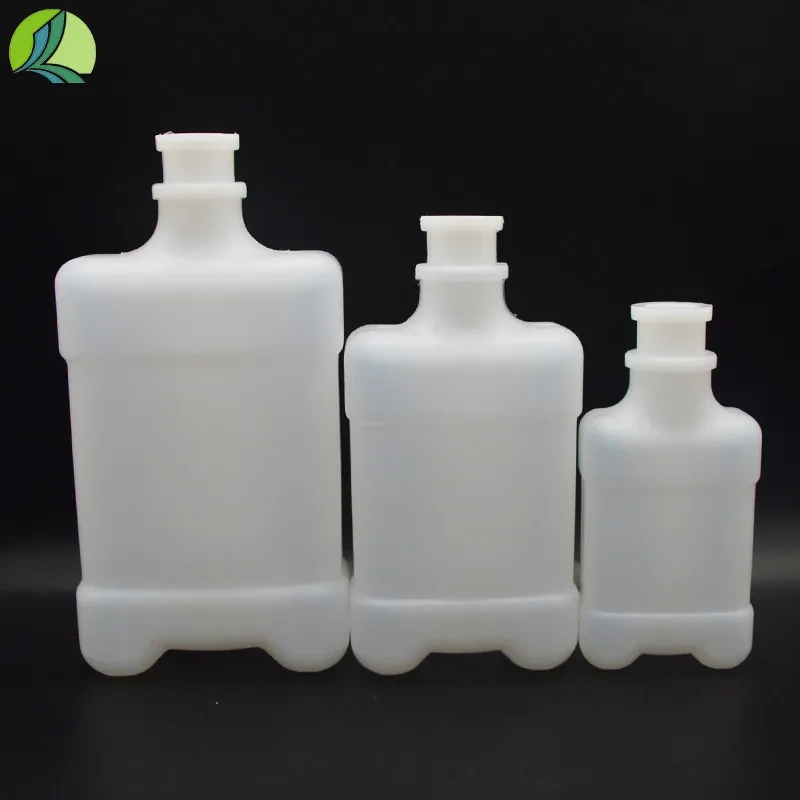
-
 Afrikaans
Afrikaans -
 Albanian
Albanian -
 Amharic
Amharic -
 Arabic
Arabic -
 Armenian
Armenian -
 Azerbaijani
Azerbaijani -
 Basque
Basque -
 Belarusian
Belarusian -
 Bengali
Bengali -
 Bosnian
Bosnian -
 Bulgarian
Bulgarian -
 Catalan
Catalan -
 Cebuano
Cebuano -
 Corsican
Corsican -
 Croatian
Croatian -
 Czech
Czech -
 Danish
Danish -
 Dutch
Dutch -
 English
English -
 Esperanto
Esperanto -
 Estonian
Estonian -
 Finnish
Finnish -
 French
French -
 Frisian
Frisian -
 Galician
Galician -
 Georgian
Georgian -
 German
German -
 Greek
Greek -
 Gujarati
Gujarati -
 Haitian Creole
Haitian Creole -
 hausa
hausa -
 hawaiian
hawaiian -
 Hebrew
Hebrew -
 Hindi
Hindi -
 Miao
Miao -
 Hungarian
Hungarian -
 Icelandic
Icelandic -
 igbo
igbo -
 Indonesian
Indonesian -
 irish
irish -
 Italian
Italian -
 Japanese
Japanese -
 Javanese
Javanese -
 Kannada
Kannada -
 kazakh
kazakh -
 Khmer
Khmer -
 Rwandese
Rwandese -
 Korean
Korean -
 Kurdish
Kurdish -
 Kyrgyz
Kyrgyz -
 Lao
Lao -
 Latin
Latin -
 Latvian
Latvian -
 Lithuanian
Lithuanian -
 Luxembourgish
Luxembourgish -
 Macedonian
Macedonian -
 Malgashi
Malgashi -
 Malay
Malay -
 Malayalam
Malayalam -
 Maltese
Maltese -
 Maori
Maori -
 Marathi
Marathi -
 Mongolian
Mongolian -
 Myanmar
Myanmar -
 Nepali
Nepali -
 Norwegian
Norwegian -
 Norwegian
Norwegian -
 Occitan
Occitan -
 Pashto
Pashto -
 Persian
Persian -
 Polish
Polish -
 Portuguese
Portuguese -
 Punjabi
Punjabi -
 Romanian
Romanian -
 Russian
Russian -
 Samoan
Samoan -
 Scottish Gaelic
Scottish Gaelic -
 Serbian
Serbian -
 Sesotho
Sesotho -
 Shona
Shona -
 Sindhi
Sindhi -
 Sinhala
Sinhala -
 Slovak
Slovak -
 Slovenian
Slovenian -
 Somali
Somali -
 Spanish
Spanish -
 Sundanese
Sundanese -
 Swahili
Swahili -
 Swedish
Swedish -
 Tagalog
Tagalog -
 Tajik
Tajik -
 Tamil
Tamil -
 Tatar
Tatar -
 Telugu
Telugu -
 Thai
Thai -
 Turkish
Turkish -
 Turkmen
Turkmen -
 Ukrainian
Ukrainian -
 Urdu
Urdu -
 Uighur
Uighur -
 Uzbek
Uzbek -
 Vietnamese
Vietnamese -
 Welsh
Welsh -
 Bantu
Bantu -
 Yiddish
Yiddish -
 Yoruba
Yoruba -
 Zulu
Zulu
125ml Reagent Bottle for Accurate Measurements and Efficient Lab Use
The Essential Role of the 125 ml Reagent Bottle in Laboratories
In the realm of scientific research and experimentation, precision and accuracy are paramount. One often-overlooked but essential component in many laboratories is the 125 ml reagent bottle. This seemingly simple container plays a crucial role in various applications, from chemical synthesis to sample storage, making it an indispensable tool for scientists and researchers across different fields.
The 125 ml reagent bottle is designed for storing and dispensing liquids, and its relatively modest size makes it ideal for handling small quantities of reagents. Unlike larger containers, which may take up significant laboratory space and be challenging to handle, the 125 ml bottle strikes a perfect balance between capacity and convenience. It allows scientists to manage materials efficiently, minimizing waste while ensuring that the required reagents are at hand.
One of the primary advantages of the 125 ml reagent bottle is its versatility. It can be used to hold a variety of substances, from solvents and acids to buffers and biological reagents. With proper labeling and organization, researchers can easily keep track of their materials, which is critical in maintaining a safe and efficient laboratory environment. Furthermore, the bottles are often made from high-quality glass or durable plastic, designed to withstand exposure to corrosive chemicals and extreme temperatures, ensuring the integrity of the contents.
125 ml reagent bottle

Additionally, the 125 ml reagent bottle is frequently equipped with a secure closure system, such as a screw cap or dropper top. This feature not only helps in preserving the quality of the reagents but also minimizes the risk of contamination. Proper sealing of reagent bottles is vital, as it prevents evaporation, leakage, and accidental spillage during experiments. This reliability fosters a safer working environment and supports the reproducibility of results, an essential aspect of scientific research.
In terms of usability, the design of the 125 ml reagent bottle facilitates easy pouring and dispensing. Many bottles come with ergonomic shapes that allow for a good grip, while some may have graduated markings to help researchers measure liquids accurately. This attention to detail helps in minimizing errors during experiments, which can have significant implications in fields such as pharmaceuticals, chemical engineering, and environmental science, where precision is crucial.
Moreover, the 125 ml reagent bottle is not just a container; it represents sustainability in laboratory practices. Many manufacturers now produce these bottles using recyclable materials, contributing to eco-friendly laboratory operations. By choosing to utilize 125 ml reagent bottles, laboratories can reduce their environmental footprint while maintaining high standards of quality and safety.
In conclusion, the 125 ml reagent bottle may appear to be a simple piece of laboratory equipment, but its impact on scientific work is profound. It embodies versatility, reliability, and precision—all of which are critical for successful research outcomes. As scientists continue to explore the depths of chemical and biological inquiry, the 125 ml reagent bottle will undoubtedly remain a staple in laboratories around the world. Its significance extends beyond mere containment; it supports the very foundation of scientific exploration, enabling researchers to pursue knowledge with accuracy and efficiency. Thus, the next time you see a 125 ml reagent bottle in a lab, remember that it is more than just a vessel—it is a vital partner in the quest for discovery.
-
Premium Metal Dropper Bottle for Precise Dispensing 250ml & 1ml Options AvailableNewsJul.04,2025
-
20 ml Headspace Vials - High Quality Polyethylene & Plastic Vials for Lab UseNewsJul.04,2025
-
Small Bottle with Pipette - Precise Dispensing 100ml Pipette Bottles for Essential Oils & Lab UseNewsJun.24,2025
-
Acetic Anhydride Bottle for Accurate Dropper Measurement in Pharmacy Use High-Quality Dropper BottlesNewsJun.10,2025
-
Innovative PET Bottle Design for Juice – Unique Shapes & Customization OptionsNewsJun.10,2025
-
20 Pack Sterilized Petri Dishes – Assorted Sizes, High Quality Small Plastic Petri Dishes for Lab UseNewsJun.10,2025






















